Removing gel nail polish at home can be a meticulous process that requires the right technique to ensure that the nails remain healthy and undamaged. Gel polish is known for its durability and long-lasting shine, which makes it a popular choice for many. However, the removal process is equally important as the application to maintain nail integrity. Home removal techniques have evolved to provide gentler alternatives to the traditional salon methods, giving individuals the ability to safely take care of their nails without professional help.
One common and effective method involves the use of acetone, which can dissolve the gel polish without the need for excessive scraping or filing. Plastic food wrap is now recommended by dermatologists over foil for its ability to create a tighter seal around the nail, potentially reducing the soaking time and exposure to acetone. It’s essential to approach the removal process with care, protecting the surrounding skin with an application of petroleum jelly or cuticle oil and ensuring proper ventilation in the area to mitigate the harshness of acetone fumes.
Modifying home gel polish removal techniques can maintain nail health while also providing convenience and cost-effectiveness. Buffing off the top coat gently before soaking allows for deeper penetration of acetone, maximizing its efficacy while minimizing contact time. Such careful considerations ensure that the natural nail bed remains unharmed, paving the way for healthier and more resilient nails after the gel polish has been successfully removed.
 Understanding Gel Nail Polish
Understanding Gel Nail Polish
When exploring the realm of nail enhancements, gel nail polish is renowned for its durability and professional finish. However, distinguishing between salon services and at-home applications is key for those seeking to maintain or remove gel polish effectively.
Composition and Durability
Gel nail polish is a blend of polymer resins that, when cured under an LED or UV lamp, create a hard, protective layer over the nail. This results in a glossy finish that is both long-lasting and chip-resistant. Unlike traditional nail polish, gel polish does not dry by air but instead cures through a photochemical reaction triggered by the lamp, bonding to the nail surface for an extended wear time of up to two weeks or more.
- Key Characteristics of Gel Nail Polish:
- Long-lasting wear
- Chip-resistant
- High-gloss finish
- Requires curing with a light source
Professional Gel Manicure vs. At-Home Application
The application of gel nail polish in a salon setting is conducted by trained professionals using specialized equipment to ensure the safety and longevity of the manicure. This service includes nail preparation, precise polish application, and proper curing techniques. An at-home DIY method may not achieve the same level of precision or durability, as it depends on the individual’s skill and the quality of the at-home gel kit. Moreover, salon professionals can provide additional treatments to maintain nail health, which might be overlooked in a DIY approach.
- Salon Application:
- Conducted by professionals
- Access to higher quality materials and tools
- Typically ensures a more durable finish
- At-Home Application:
- Requires a personal gel kit
- Level of finish varies based on individual skill
- Potential for varied results in durability and appearance
 Preparation for Gel Polish Removal
Preparation for Gel Polish Removal
Effective gel polish removal at home necessitates a careful setup to protect the nails and surrounding skin. Proper preparation ensures a smooth and damage-free manicure removal process.
Gathering Necessary Tools
Before starting the removal process, one should assemble all the essential tools for a hassle-free experience. The required items typically include:
- Acetone: A strong nail polish remover, preferably 100% acetone, is the most effective for breaking down the gel polish.
- Cotton balls: These will be soaked in acetone and placed directly onto the nail surface.
- Aluminum foil: Used to secure the cotton balls in place, ensuring close contact with the nails for effective removal.
- Nail file: A coarse-grit nail file helps to gently buff the surface of the gel manicure, breaking the seal and allowing the acetone to penetrate.
- Buffer: After removal, a buffer smooths out any remaining polish and prepares the nail for rehydration.
- Cuticle stick: Employed to gently push away the lifted gel polish without scraping the natural nail.
Safeguarding Skin and Cuticles
The skin around the nails should be protected due to the drying nature of acetone.
- Petroleum jelly or Moisturizer: Applying a protective layer of petroleum jelly or a rich moisturizer to the skin surrounding the nail and cuticles can prevent them from excessive drying.
- Cuticle oil: Once the gel polish is removed, nourishing the nail and surrounding skin with cuticle oil is recommended to replenish moisture.
Step-by-Step Removal Process
Removing gel nail polish at home requires patience and care to avoid damaging the nails. Follow these precise steps to ensure a safe and effective removal.
Filing the Gel Polish
Start by gently buffing the surface of the nail with a nail file. The aim is not to remove the gel polish completely, but to break the seal of the top coat so that acetone can penetrate effectively.
Applying Acetone with Cotton Balls and Foil
Saturate cotton balls with acetone, a potent nail polish remover. Place a soaked cotton ball on each nail and wrap securely with foil to hold the cotton ball in place. Ensure that the foil is not too tight but snug enough to avoid leakage.
Allowing Time for the Gel to Dissolve
Exercise patience as the acetone needs time to work. Leave the cotton balls and foil on for at least 10 minutes. Thicker layers of gel polish may require additional time.
Gently Removing the Gel from Nails
After the waiting period, remove the foil and cotton balls. The gel nail polish should appear loose or lifted. Use an orange stick or a buffing block to gently scrape away the polish. Avoid excessive force to prevent damage to the underlying nail.
Post-Removal Care and Maintenance
After safely removing gel nail polish, it’s critical to focus on the health of one’s natural nails and cuticles. This post-removal phase involves hydrating and treating any nail damage while also embracing practices that will ensure the ongoing health and strength of the nails.
Hydrating Nails and Cuticles
The first step in post-removal nail care is rehydration. Acetone and other polish removers can severely dry out nails and cuticles, making hydration essential. Individuals should:
- Apply cuticle oil liberally to the nails to nourish and moisturize the cuticles and nail beds.
- Use a moisturizer or hand cream regularly. Products containing ceramides, hyaluronic acid, or glycerin are particularly effective for retaining moisture in the skin around the nails.
Addressing Any Nail Damage
Occasionally, nails may become brittle or show signs of damage post-removal. To address this, one should:
- Apply a nail treatment enriched with vitamins and minerals that can help repair and strengthen the nail structure.
- Consult with a dermatologist if there are signs of significant damage that could benefit from professional treatment.
Preventive Measures for Healthy Nails
Long-term care of natural nails is critical in preventing damage. Preventive measures include:
- Reducing exposure to UV light from nail salon lamps, which can contribute to skin cancer. Whenever UV lamps are necessary, applying a broad-spectrum sunscreen to the hands can protect against harmful rays.
- Investing in a good quality nail file to maintain the nails and prevent splits or cracks without causing stress to the nail.
- Avoiding using the nails as tools which can cause physical damage. Instead, use appropriate instruments like a cuticle pusher or tweezers for tasks that require precision.
 Alternatives to Acetone Removal
Alternatives to Acetone Removal
For individuals seeking to remove gel nail polish without the use of acetone, there are alternatives that are less harsh on the natural nail plate while still effectively facilitating gel polish removal.
Non-Acetone Removers and Their Efficacy
Non-acetone removers offer a less aggressive option compared to traditional acetone-based formulas. These removers typically contain ethyl acetate or isopropyl alcohol and are gentler on nails and skin. Although they might require more time and effort to remove gel nail polish, non-acetone removers can minimize the drying effect on nails and surrounding skin.
Pros of Non-Acetone Removers:
- Gentler on the natural nail plate
- Less drying to the skin
Cons of Non-Acetone Removers:
- Longer time to remove gel polish
- May require more physical effort (e.g., filing, buffing)
Natural Methods and Ingredients
People may opt for natural methods to avoid harsh chemicals. One such method is to file down the topcoat of the gel polish, thus allowing for easier peeling or removal. It’s crucial to do this gently to avoid damaging the natural nail plate.
Filing Method:
- Gently file the glossy surface of the gel polish.
- Carefully peel the loosened edges of the polish.
Another tactic is to use warm water to soften the gel polish. Soaking nails in warm water for an extended period can make the polish more pliable, but this approach must be used cautiously to prevent moisture damage or infection.
Warm Water Soak:
- Soak nails in warm water for 20-30 minutes.
- Use an orange stick or cuticle pusher to gently nudge the polish away.
These methods prioritize the integrity of the natural nail plate while removing gel nail polish. They underscore the importance of patience and gentle action to maintain nail health.
 Tips for Preventing Gel Polish Damage
Tips for Preventing Gel Polish Damage
When opting for gel polish, one’s foremost consideration should be to maintain the health of the nails underneath. The key to this is ensuring that damage is minimized from the start through proper application and adherence to expert advice.
Proper Application Techniques
Base Coat Application: A meticulous application of a base coat is essential. It acts as a barrier between the natural nail and the polish, thereby preventing long-term damage. The base coat should be thin and even to ensure that the LED light cures it properly.
Curing Process: Utilizing an LED lamp recommended by nail technicians ensures proper curing of gel polish. Insufficient or excessive exposure can lead to incomplete curing or overexposure, both of which can weaken the nail structure.
Recommendations from Experts
Dermatologist Insights: Board-certified dermatologists advise against aggressive removal techniques such as filing or prying off gel polish. These practices can lead to significant nail damage and dry skin around the nail bed.
Salon Visits: For maintenance and removal, visiting a reputable nail salon is advisable. Professional nail technicians know how to apply and remove gel polish without causing damage. They can also provide personalized advice tailored to an individual’s nail health.
FAQs About Gel Nail Polish Removal
This section addresses frequently asked questions regarding the safe and effective methods to remove gel nail polish at home, as well as providing alternatives to salon visits for maintaining your manicure or pedicure.
Common Concerns and Solutions
When attempting to remove gel nail polish at home, many individuals worry about potential damage to their nails. Acetone is commonly used due to its effectiveness, but it can be drying. Here are common concerns with solutions:
- Nail Damage: To prevent damage, avoid picking or filing off the polish. Instead, soak nails in acetone. Board-certified dermatologists suggest that using plastic food wrap may be effective as an alternative to foil.
- Dryness: After using acetone, it’s essential to hydrate your nails. Applying cuticle oil can mitigate dryness.
| Concern | Solution |
|---|---|
| Nail Damage | Use acetone, avoid picking/filing |
| Dryness | Apply cuticle oil after acetone |
Alternatives to Salon Visits
For those seeking alternatives to salon visits for gel polish removal, two home techniques stand out:
- Soak-Off Method:
- Apply an acetone-soaked cotton ball to the nail.
- Wrap the nail with foil or plastic wrap.
- Wait for 10-15 minutes before gently pushing off the polish.
- Gel Nail Polish Remover: A specialized remover can be applied directly to the nails:
- File the top coat lightly.
- Apply the remover.
- Wait for the suggested time before removal.
Each method aims to protect the integrity of the natural nail while effectively removing the gel polish. It is recommended to follow up with nail hydration practices post-removal to maintain nail health.
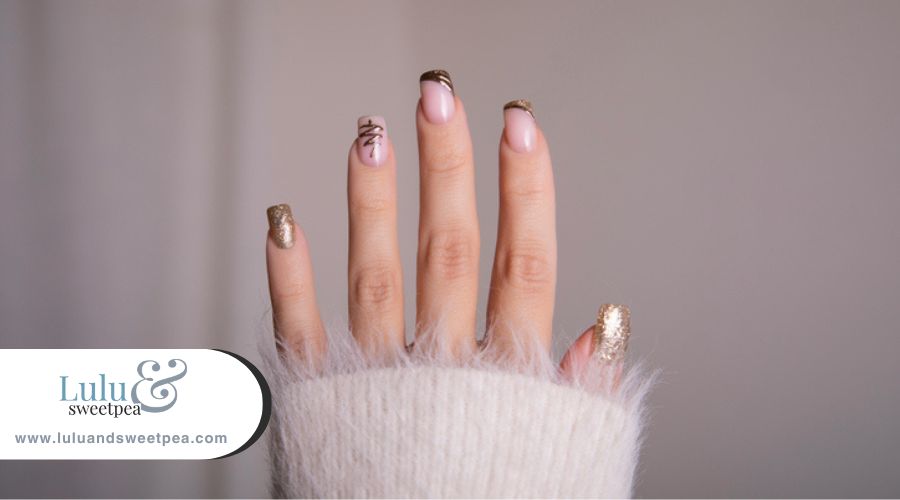
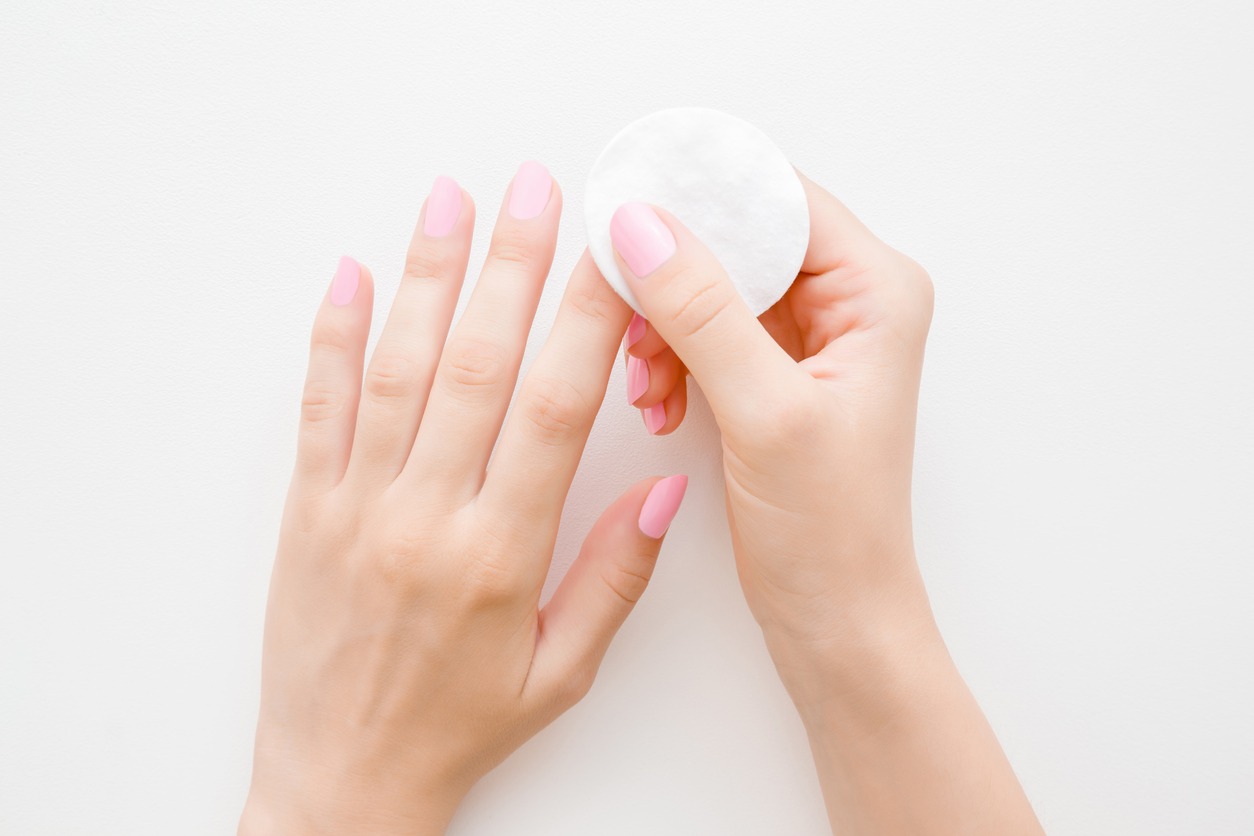 Understanding Gel Nail Polish
Understanding Gel Nail Polish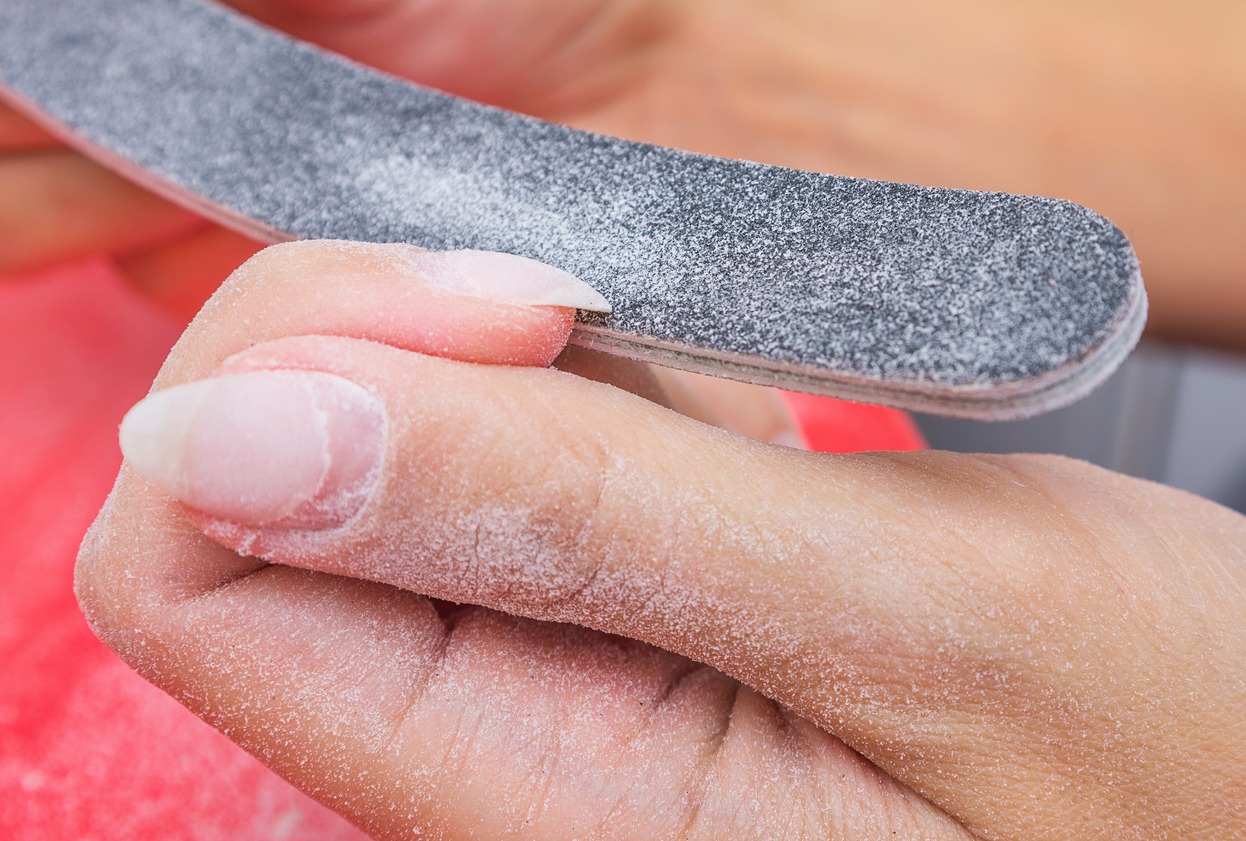 Preparation for Gel Polish Removal
Preparation for Gel Polish Removal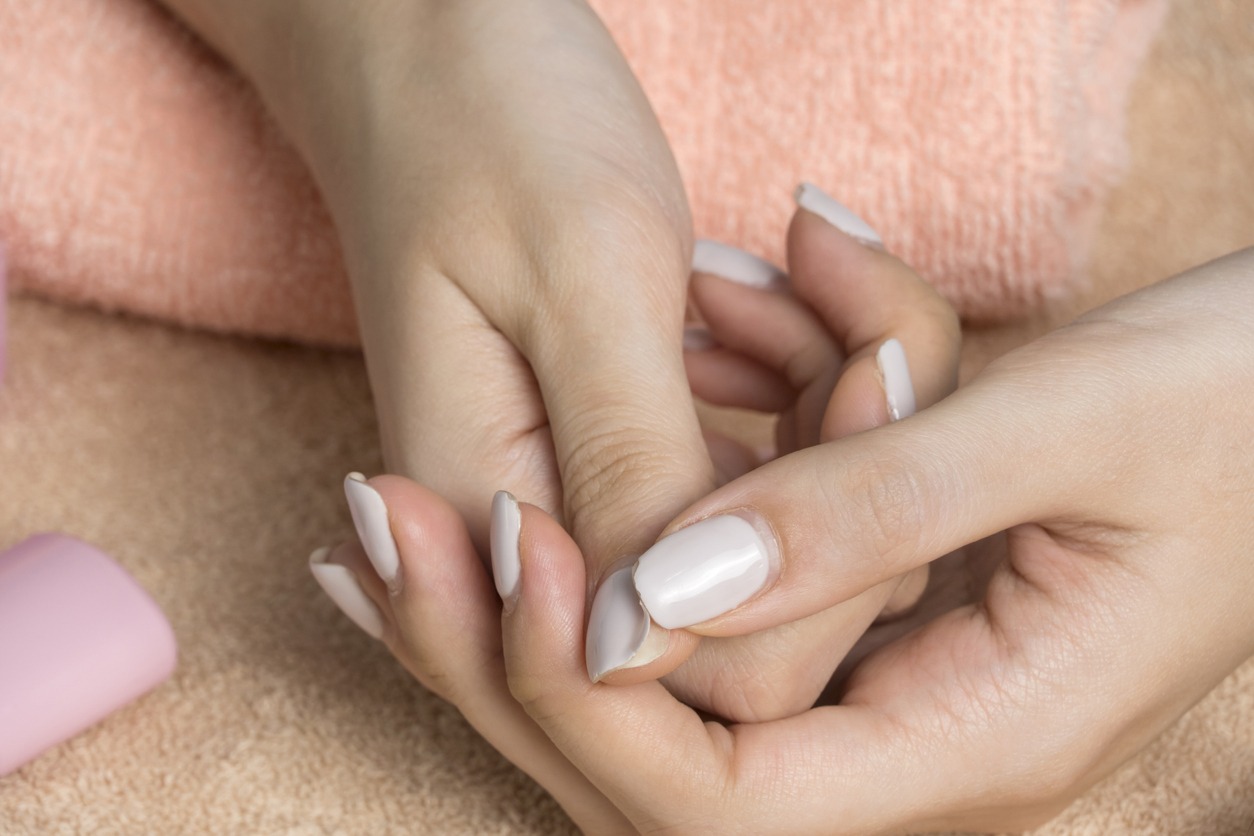
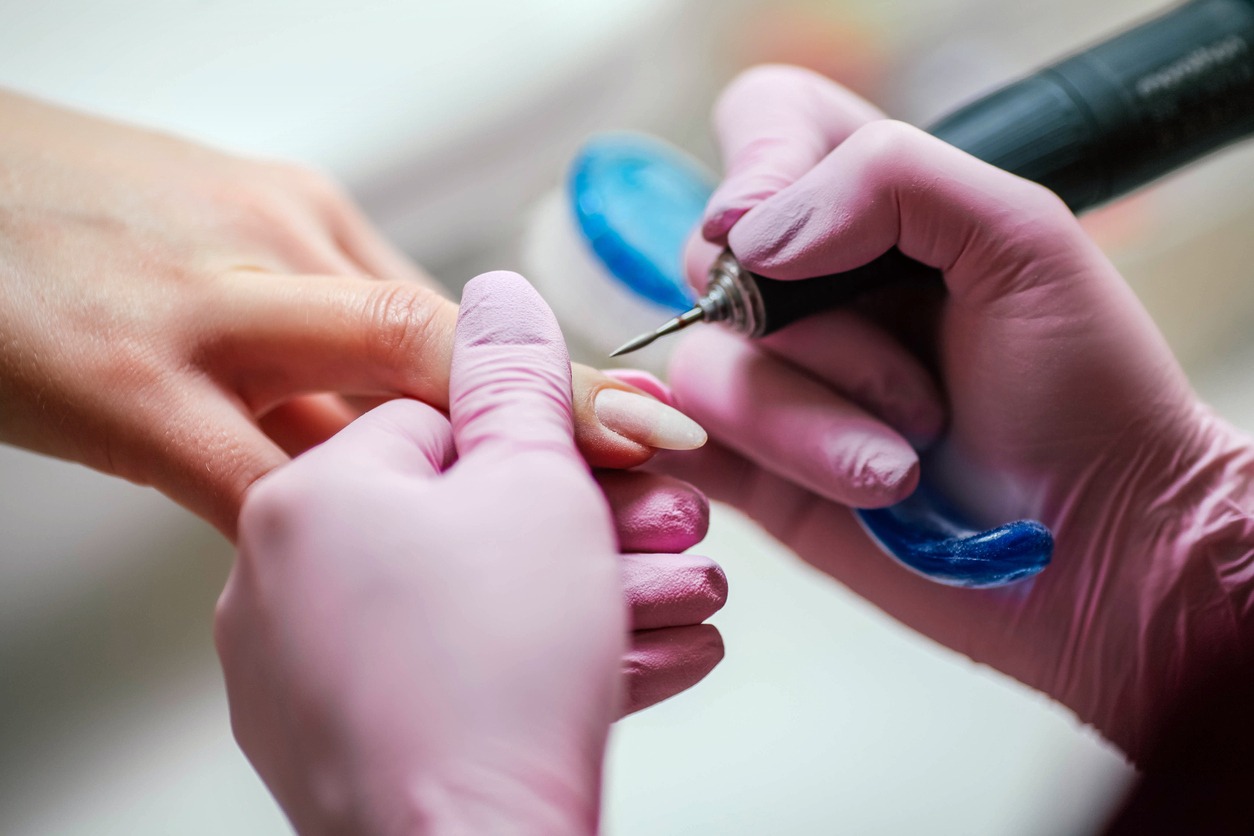 Alternatives to Acetone Removal
Alternatives to Acetone Removal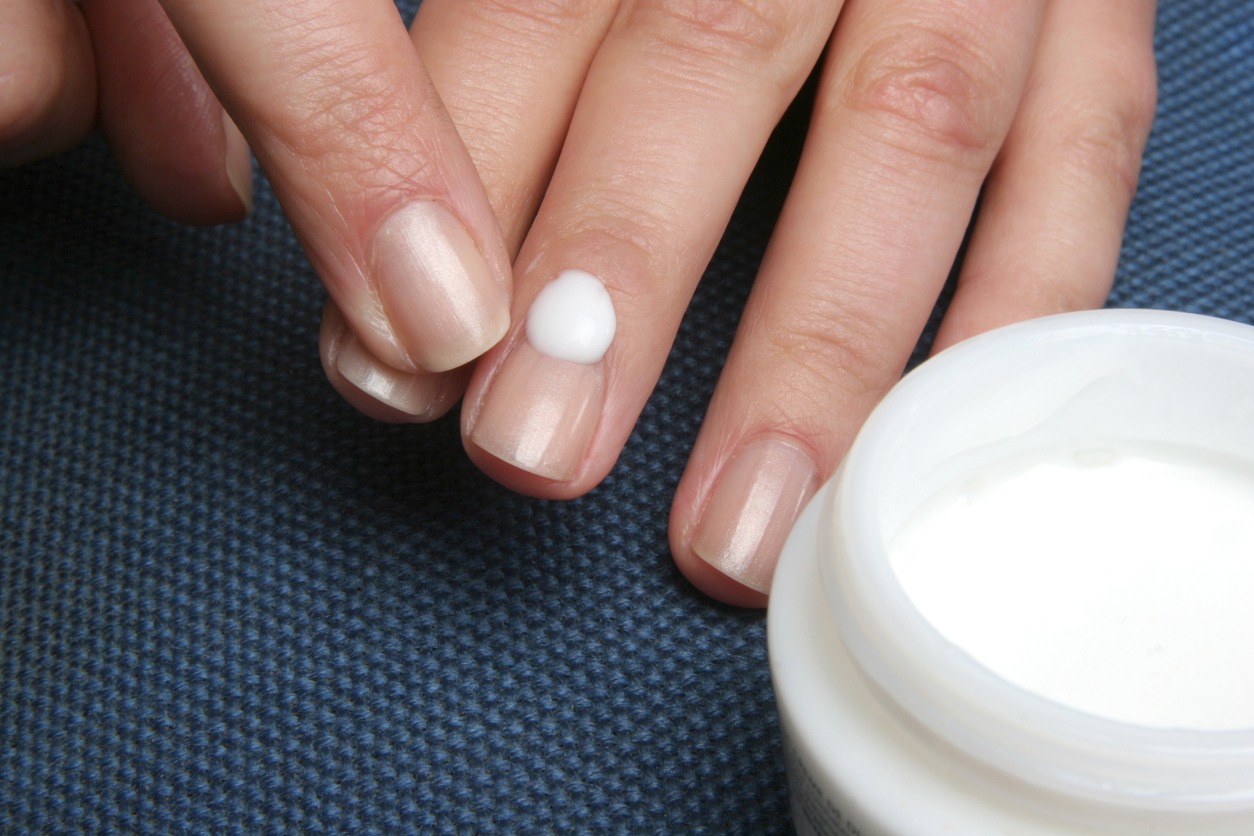 Tips for Preventing Gel Polish Damage
Tips for Preventing Gel Polish Damage